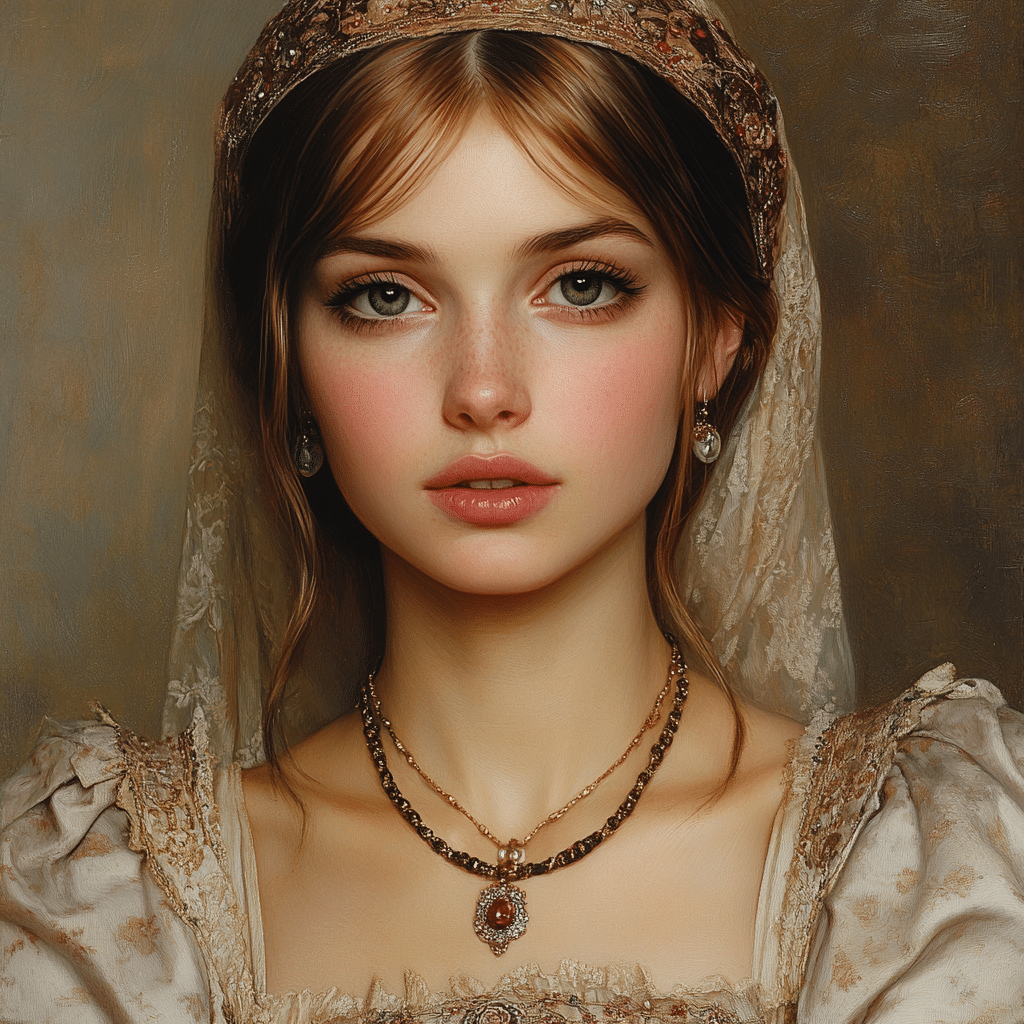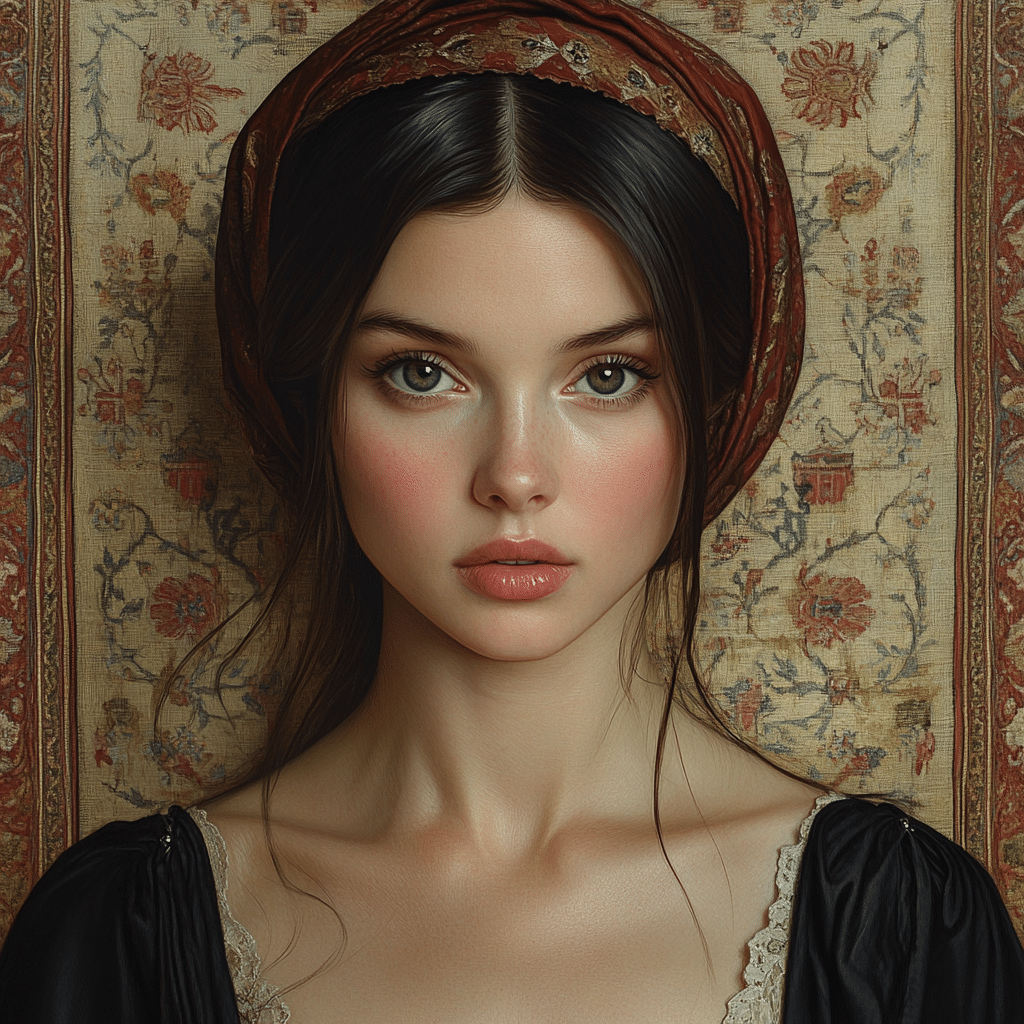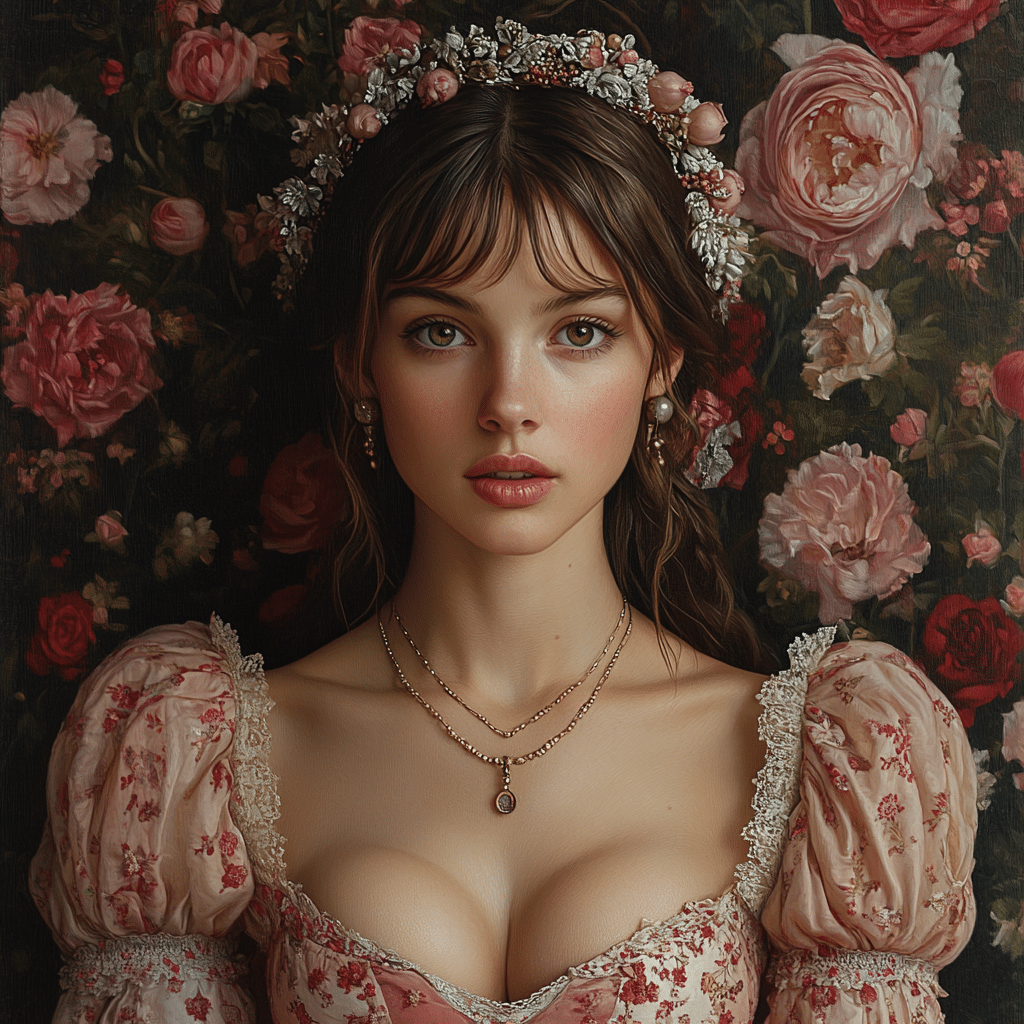
Mary Boleyn The Captivating Story Of A Royal Mistress

The Enigmatic Life of Mary Boleyn
Mary Boleyn often gets overshadowed by her more notorious sister, Anne Boleyn. Yet, Mary played a vital role in the tumultuous saga of the Tudor dynasty. Born around 1499, she became famous as the mistress of King Henry VIII, a relationship that shifted the course of British history. As we sift through her story, we discover a woman who skillfully maneuvered through the intricate political landscape of the 16th century.
Mary’s life resembles a vibrant tapestry of romance, power struggles, and societal expectations. While her sister Anne’s story often takes center stage, Mary’s experiences shed light on the intricate dynamics of royal life. Imagine living in a world where success often hinged on romance, where love affairs could lead to glory or ruin almost overnight.
Mary’s narrative reflects the complex realities faced by women in positions of influence. By exploring her life, we get a glimpse into the challenges and choices that defined her existence. She was, after all, navigating a male-dominated society rife with ambition and intrigue.

Top 5 Intriguing Aspects of Mary Boleyn’s Life
The Aftermath of a Royal Affair: Mary Boleyn’s Later Years
After her affair with Henry VIII, Mary Boleyn married William Stafford in 1534. This marriage, while based on love, significantly impacted her standing at court. Moving away from the royal court, Mary faced a stark contrast to the lavish lifestyle she once enjoyed as a mistress. It’s as if she went from being a star on the stage to fading into the background, prompting reflection on the steep price of royal favor.
Mary’s later years were further complicated by societal expectations of women who had once basked in royal glories. While Anne’s story ended in tragedy, Mary’s divergence invites consideration of resilience. She didn’t simply accept her fate; she chose a life out of the public eye, fostering family and loyalty instead of power and intrigue.
Mary’s exit from the royal spotlight emphasizes the harsh realities for women who had experienced a taste of power. The transition from a royal mistress to a more modest life often meant reconciling personal aspirations with societal limitations. It makes us think: how often do women in history navigate these complex waters, crafting legacies that shape future narratives?
Unraveling the Myths: What History Tells Us About Mary Boleyn
While popular culture often romanticizes Mary Boleyn’s life, digging into historical documents reveals a more nuanced picture. From contemporary letters to accounts from her time, Mary emerges not merely as a seductress but as an astute individual making her way through the cumbersome royal structures. It’s intriguing how these sources contrast with the sensationalized portrayals we’ve come to know.
Consider this: throughout history, female figures like Mary have often been reduced to their romantic relationships. By analyzing primary sources, one sees Mary’s intelligence and ability to navigate the complexities of court life. She was not merely a lover; she was a participant in a storied era that shaped British history.
Moreover, literature and films continue to reshape our understanding of Mary Boleyn. For example, “The Other Boleyn Girl” draws on both truth and fiction, exploring themes of jealousy and ambition. But these dramatizations occasionally distract from the realities Mary faced—realities that can often provide richer insights into her character and influence.
The Lasting Impact of Mary Boleyn’s Legacy
Mary Boleyn’s legacy continues to ignite interest and discussion today. Her story serves as a reflection on how both personal narratives and broader societal changes intertwine. In this light, Mary offers a lens through which we can examine gender dynamics, power, and the intricacies of royal life.
Most notably, her evolution from royal mistress to a woman seeking agency speaks volumes, reflecting themes that resonate with modern audiences. It makes you think about the roles women play in spheres of influence—historically and today. Mary’s narrative, threaded with intricate complexities, serves as a poignant reminder of the challenges women encounter across generations.
In the end, Mary Boleyn’s life reveals more than just royal romance; it uncovers the layers of female empowerment that echo across time. As we revisit her tale, we not only understand a key figure in Tudor history but also a resilient woman whose story still holds relevance in our ongoing conversations about power and gender today. So, whether you’re diving into the archives or watching adaptations of her life, remember: Mary Boleyn’s story is one that continues to unfold, inviting us all to explore its depths and implications.
For more engrossing content on fascinating historical figures and their influence on cinema, check out links like This or explore other engaging narratives like This. As you ponder Mary Boleyn’s journey, consider how history often repeats itself—reminding us all to find our voices and carve out our places in the world of influence, just as she did.
Mary Boleyn: Fun Trivia and Interesting Facts
A Royal’s Enigmatic Life
Mary Boleyn, the lesser-known sister of Anne Boleyn, lived a life full of intrigues and romances. She’s often remembered as King Henry VIII’s mistress, but did you know she had a bit of a scandalous reputation even before that? Mary was reputedly quite striking, known for her beauty which sparked interest and gossip at the Tudor court. Some say she had notably alluring features, sometimes even described in terms that invoke a playful nod to big breast. This led to her charm being a topic of discussion that transcended her actual story.
Now here’s a fun twist—Mary played a pivotal role in the rise of the Boleyn family, but there’s a robust debate about her exact influence. Historians speculate that her time as a mistress could have helped her sister Anne secure the king’s favor. It’s like a complicated game of chess, don’t you think? Just imagine trying to wing it at the royal court while keeping family dynamics in check. Plus, Mary wasn’t just about romance; she also had a keen mind, and scholars are continually unearthing her sophisticated dealings, especially in various contexts like negotiating her marriage after falling from grace.
Family Ties and Beyond
The drama doesn’t stop there. Mary and Anne had a complicated relationship that often left historians scrambling to untangle the emotional threads. Rumors of rivalry and jealousy are ever-present, but they both navigated the dangerous waters of Tudor politics. Interestingly, Mary’s children with William Carey were part of a line that held significant connections to the monarchy—drawing attention from those curious about royal lineage. And while many focus on Anne’s fate, Mary’s later life saw her struggling with motherhood and expectation. You could say she turned her life around or faced the odds, much like the stories in Overgeared.
Moreover, if we dive into the financial side of things, one can’t help but wonder about the implications of Mary’s alliances. The Tudor court was a swirl of power plays, and securing favorable marriage terms often meant engaging with the right finances, akin to when seeking guidance on interest rates mortgage today! Her story reminds us that power, love, and reputation are intertwined—a cocktail of ambition that has played out in various forms across time, whether in the Tudor era or the modern tales we enjoy today, like from Jett Puckett.










